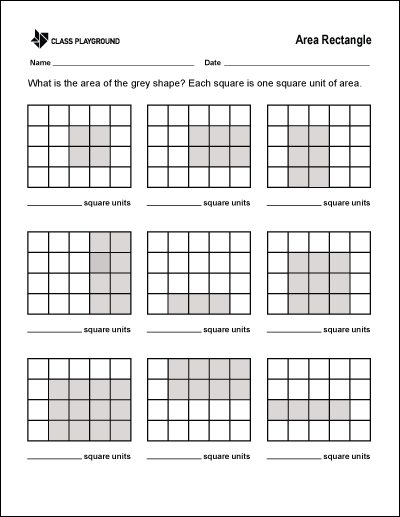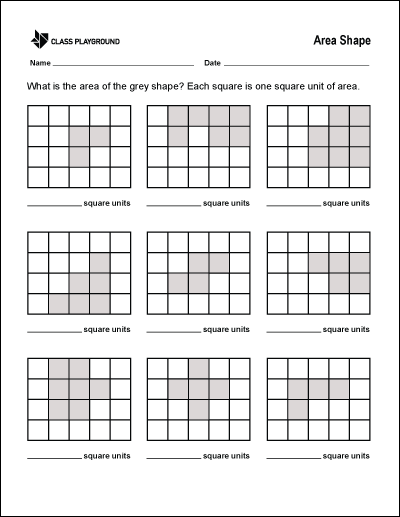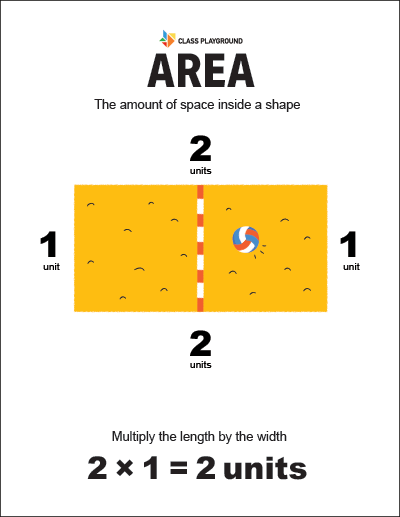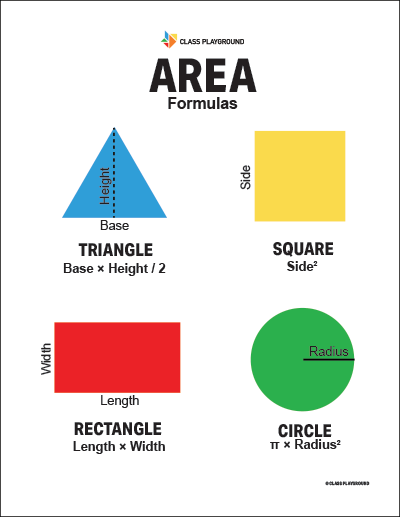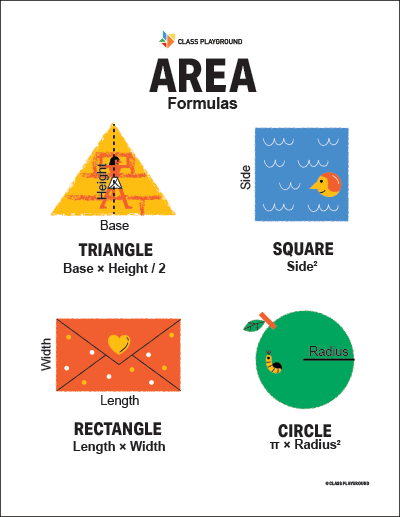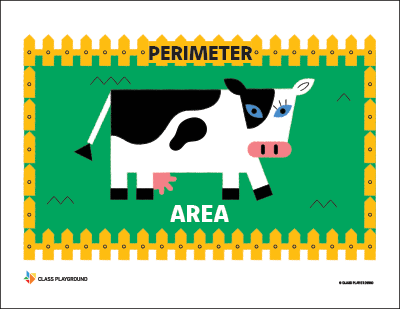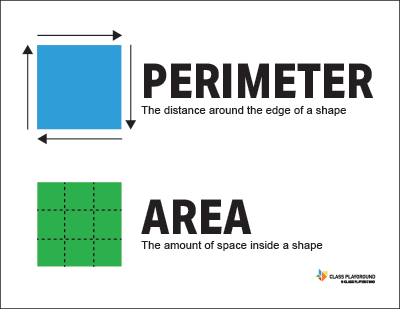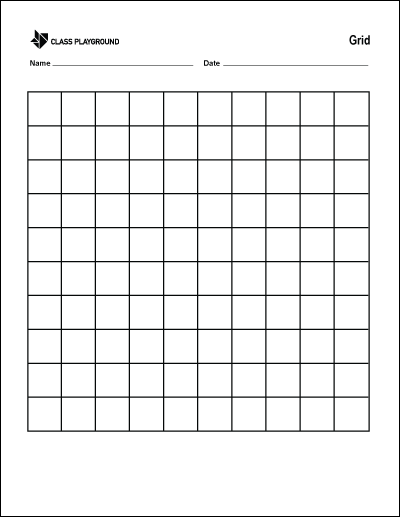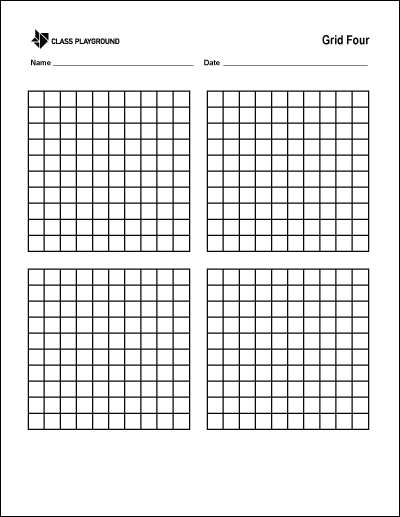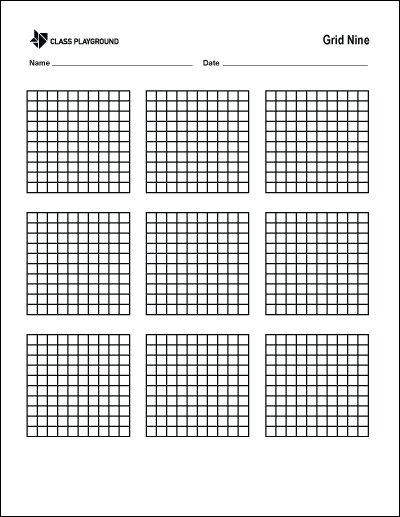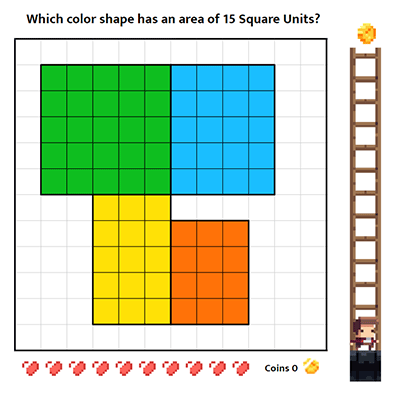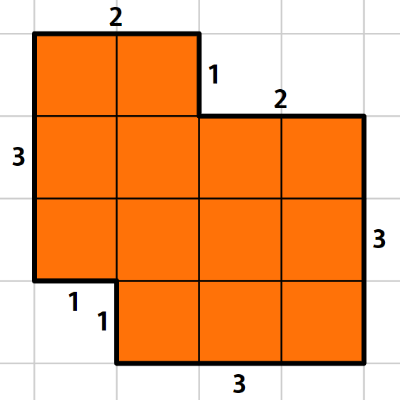What is Area?
Before we explore teaching area, let’s start with a simple definition. Area is the amount of space a flat shape covers. It is measured in square units, such as square centimeters, square inches, or square feet. You can think of area as counting how many little squares fit inside a shape. On this page, you’ll also find strategies, fun activities, free printables, and interactive resources to support your classroom.
Why Teach Area?
Area is an important math concept that students will use throughout their lives. From choosing the right size rug to painting a wall or designing a playground, area is everywhere. Strong strategies for teaching area help students connect math to real life and give them skills they’ll use for years to come.
Start with Concrete Examples
Begin with objects students can see and touch. Use tiles, square units, or grid paper to show how shapes can be filled with squares. For example, cover a rectangle with tiles and count them together. This hands-on activity makes the idea of area—how much space a shape covers—easy to understand.
Use Geoboards
Class Playground’s Geoboard page and Toy Theater’s Geoboard tool are excellent resources for teaching area. With rubber bands, students can create shapes and then count the number of squares inside. This makes the concept of area interactive, visual, and engaging.
Introduce Formulas
Once students have explored area with manipulatives, connect their discoveries to formulas for different shapes:
- Rectangle: Area = length × width. Visualize this as filling the rectangle with rows of squares.
- Triangle: Area = ½ × base × height. Show that two identical triangles can form a rectangle.
- Circle: Area = π × radius². Explain that π (about 3.14) is a special number, and the radius is the distance from the circle’s center to its edge.
Always connect formulas back to concrete examples so students see why they work, not just how.
Incorporate Real-World Problems
Students learn best when they understand why math matters. Add real-world problems to highlight the value of teaching area. For example, ask them to calculate how much carpet would cover the classroom floor or how much paint is needed for a wall. These tasks make area practical and memorable.
Fun Classroom Activities
Classroom activities bring energy and creativity to teaching area. They give students the chance to explore concepts through play, design, and problem solving.
- Create Your Own City: On graph paper, students design buildings and then calculate the area of each one.
- Playground Design: Students draw their dream playground and work out the area of slides, sandboxes, and other features.
- Area Scavenger Hunt: Challenge students to find classroom objects with a given area, such as 10 square inches.
- Area Art: Students cut out shapes with specific areas, then combine them into colorful artwork.
- Floor Plan Project: Students draw a house or room plan and calculate the area of each room.
- Area Race: Teams compete to calculate areas of different shapes the fastest.
- Mosaic Art: Students use square tiles to make mosaics and calculate the area covered by each color.
Conclusion
Teaching area works best when students can explore, practice, and apply it. By starting with hands-on activities, moving into formulas, and connecting math to real life, teachers can make area both understandable and fun.

